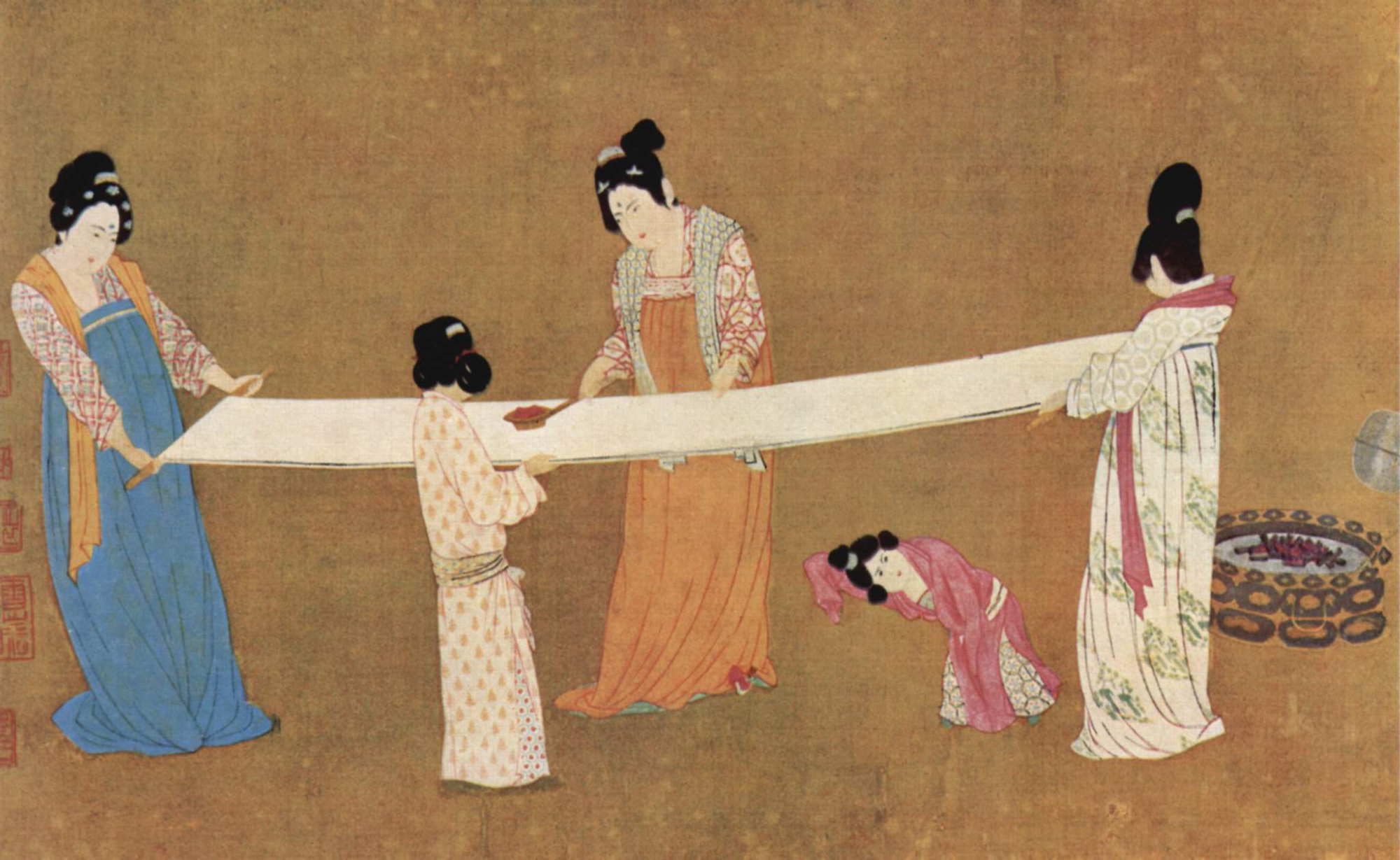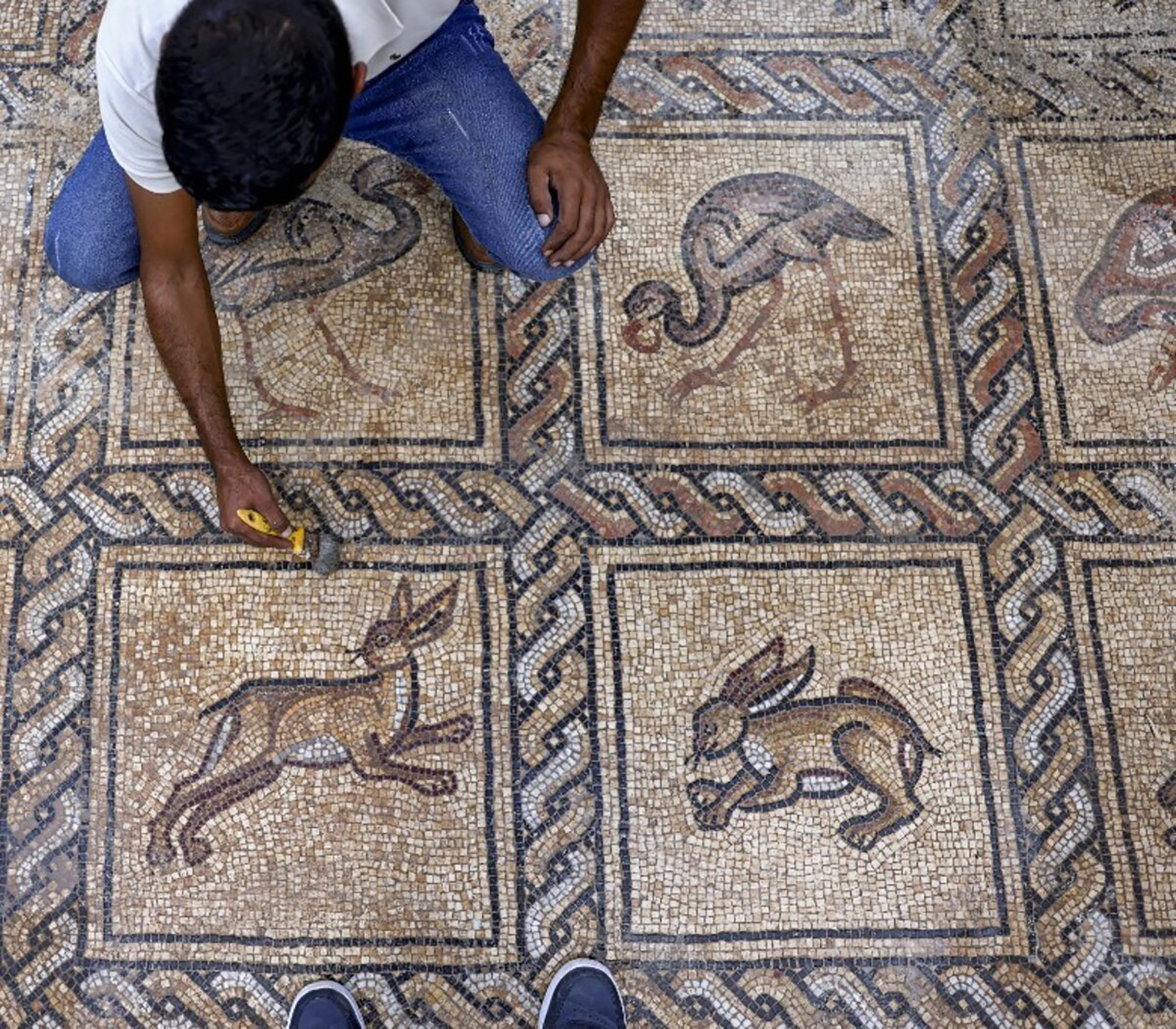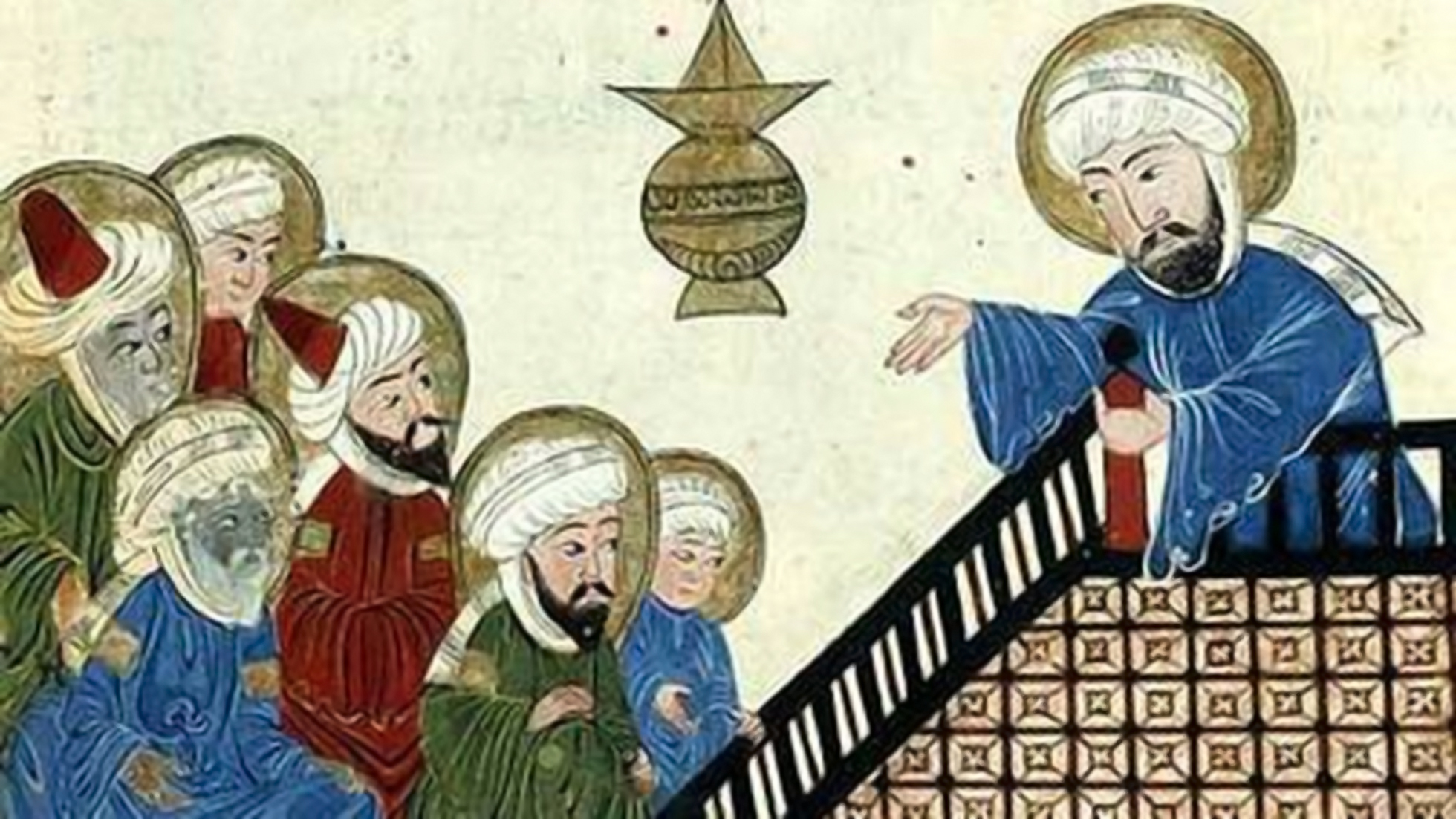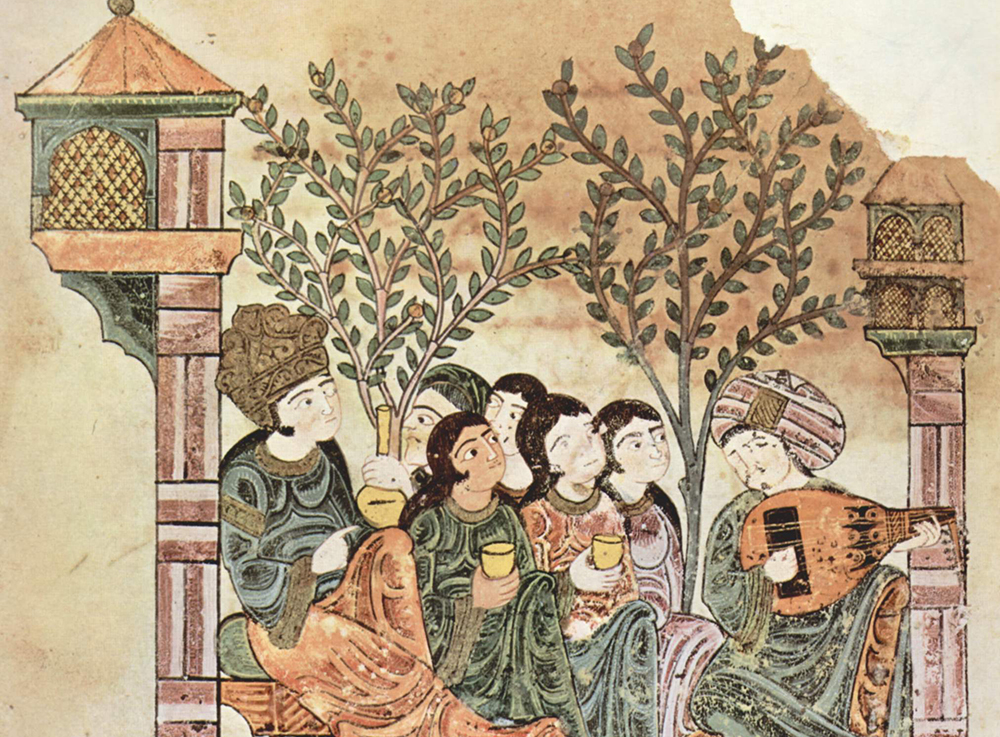The devil divinized by sex
- Mesopotamia, 4,000 years ago. After the decline of the Sumerian Empire, the kingdom of Assyria began to strengthen itself, thus shaping a wide range of characters from Assyrian mythology. So they're the oldest inscriptions that mention the dangerous Nisroch devil.

Originally, Nisroch was a servant of the god of the fire and light of Assyria, Nusku, and his master, Ninurta. If a man bothered these two gods, Nisroche and his wife Kenel made him pay through sex what they had done: they pushed for sexual practices with serious consequences for the offender, mainly incest and adultery. Incest resulted in the death penalty in the empire between the two rivers and, as usual, women paid adultery alive, while men were content with paying the fine.
The couple of devils used surprising imagination and sexual dexterity to push the poor mortals into perdition. On the one hand, of course, this frightened the gods who had offended them. But, on the other hand, the virtues of demons were a source of precious inspiration in orges and feasts. In those cases, it was becoming more and more common to worship Nisroch and plead for his help.
So over time, the devil's fame had increased. In the populous pantheon of Mesopotamia such influences and alterations of hierarchy were common. The great Nusku, for example, clearly lost its importance and, in the end, Nisroch was put above it by human beings. Therefore, in the tablets of the Babylonian Empire, Nisroch is not mentioned as a devil, but as a god. And the Hebrew Bible says that King Senakerib was killed in the “Nisroche Temple,” in Kalhu. Today we know, thanks to the excavations, that the temple was not of Nisroch, but of the god of agriculture and the Ninurta war. But the fact that the Hebrews confuse the two points indicates the importance that the former devil has acquired.
Fame also alters the character of immortal creatures, and Nisroch gradually lost a sexual and playful tone. The divinized devil joined sex with fertility and became the gardener of the gods. Starring in delusions and sexual abuse, he had a quiet retirement taking care of the vegetables of Marduk and Ishtar.
Researchers at Johns Hopkins University have discovered several cylinders with inscriptions at the present Syrian Reservoir, the Tell Umm-el Marra. Experts believe that the signs written in these pieces of clay can be alphabetical.
In the 15th century a. The cylinders have... [+]
It was founded by R about 6,500 years ago. And recently, the archaeologist at the German Institute of Archaeology, Max Haibt, has created the city's "digital twin," using the technology used in video games.
The team has made a three-dimensional record of the 40 square kilometres... [+]

























